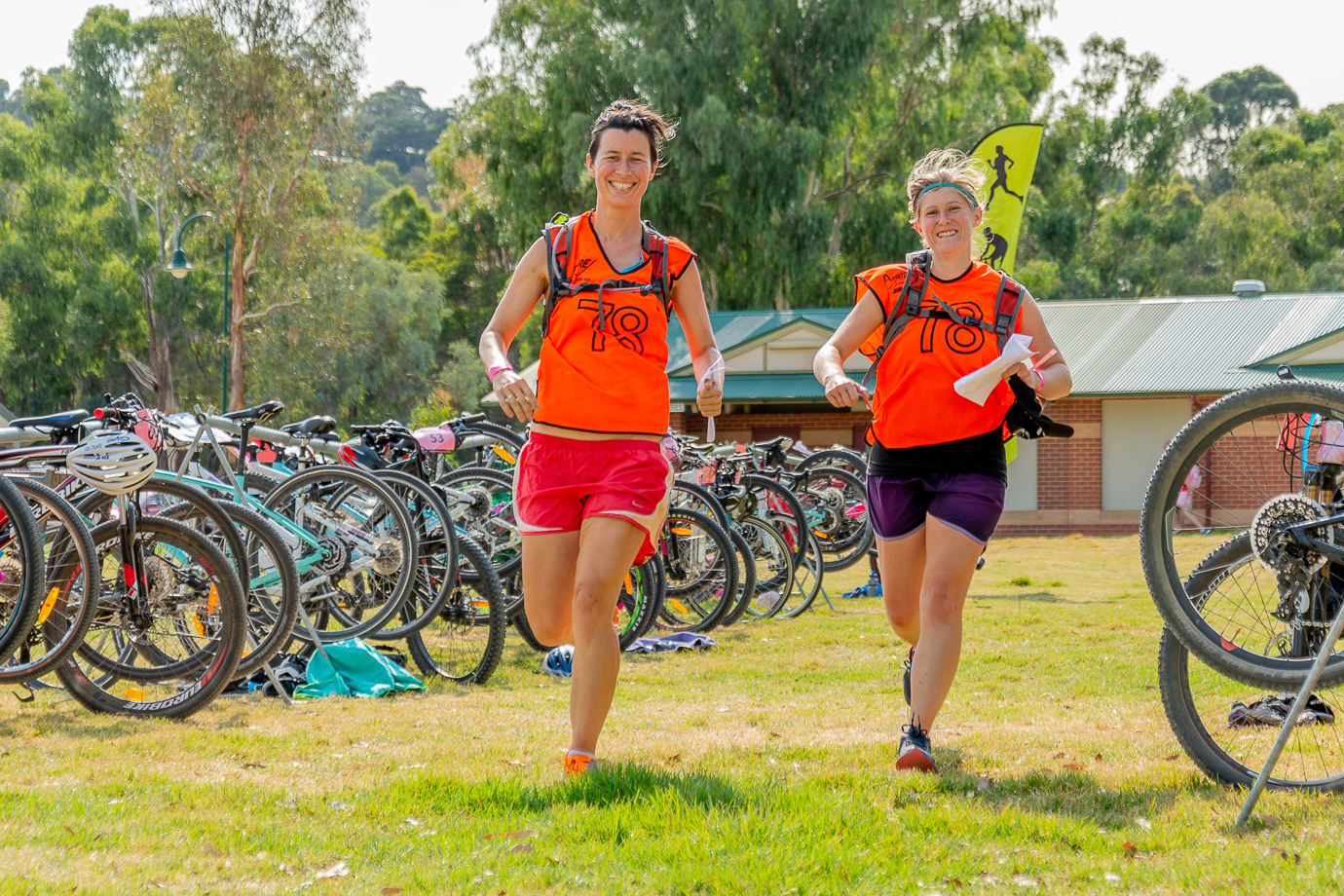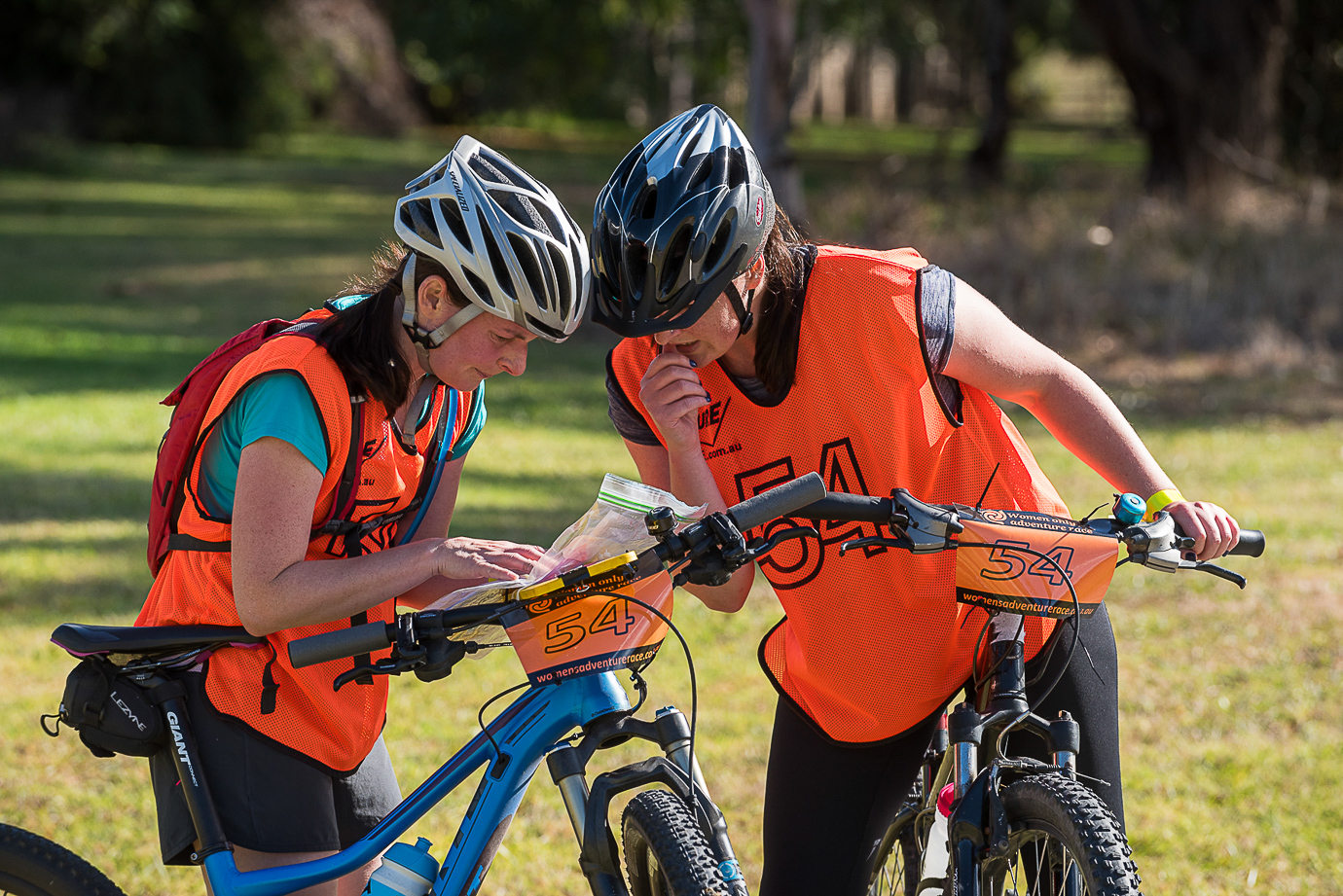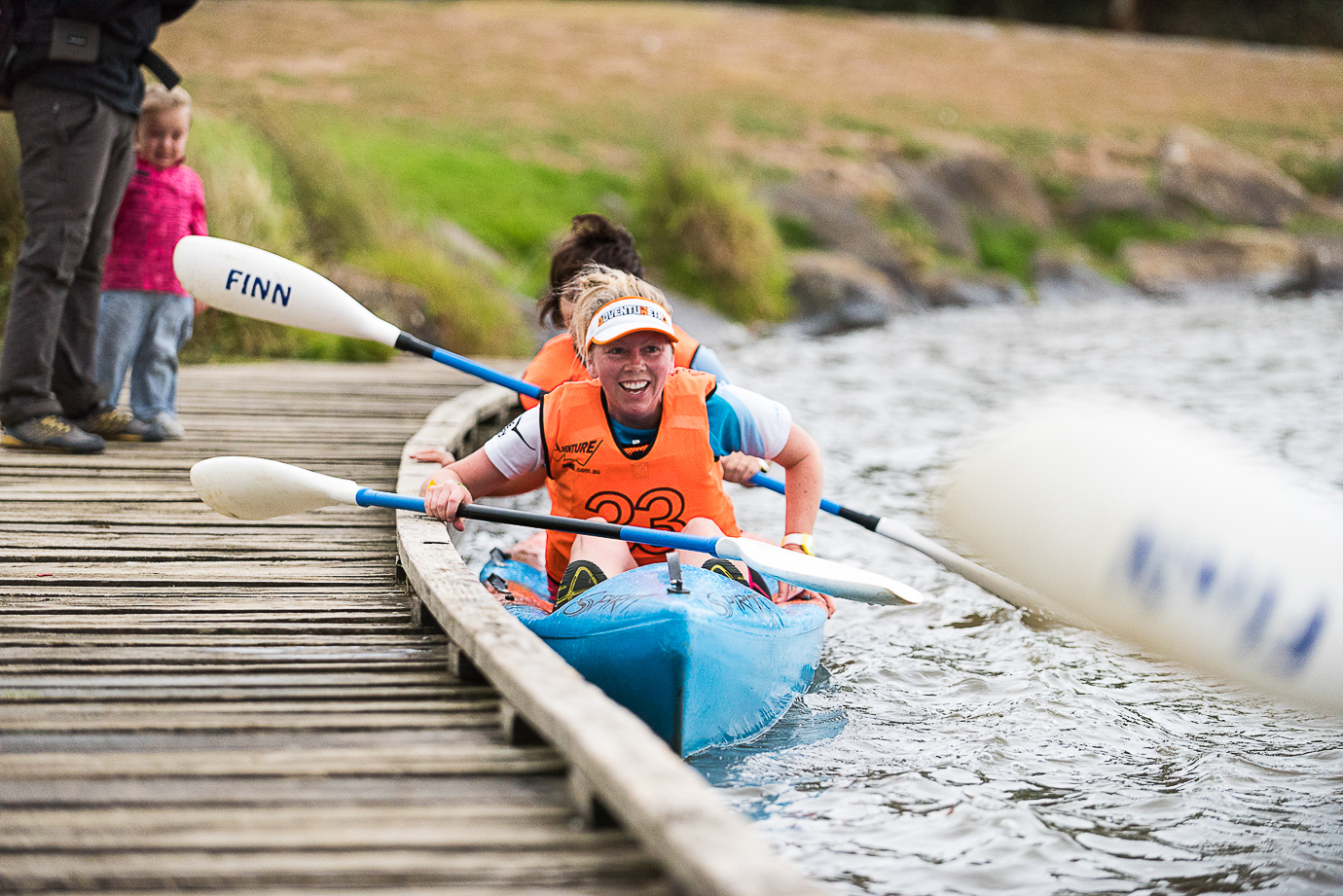Kayaking
Most people find kayaking is the hardest adventure racing discipline. First of all, because you need a kayak and going kayaking is much more complicated than to go running for example. The good news here- there is a very little section of kayaking during Women’s Adventure Race, kayaks, paddles and PFDs are provided; crafts are stable and very easy to steer so even if you have never paddled before you will be able to do it and actually enjoy the kayaking section of the race.
Of course, prior the race, training will build your confidence. In the adventure racing clinic you will get some coaching from one of the best Victorian kayakers, if you are unable to attend our training session you can get one-on-one coaching where you will be taught all basics within an hour or so.
Kayaking is a great way for building your flexibility and upper body strength- core strength, shoulders and arm strength with reduced risk of wear-and-tear on joints and tissues as it is a low impact activity.
Joining a kayaking club or squad is the best way to train especially from the beginning – the more experienced paddlers will give you some necessary instruction and you will be able to borrow some kayaking gear to start with.
If you decide to go it on your own then consider the following aspects
-Safety. Water even if it is flat can be dangerous. Make sure with the kayak you’re got a good personal flotation device, take your phone with you in some waterproof bag or box.
- Right gear. It is worthwhile to try before buy - rent something for a week or two to get an idea of what you actually want. Get a beginner-level craft and a good paddle- it is more expensive but will allow you to get a much more enjoyable experience. Surf skis or sit-on-top kayaks are safer especially in an open water environment as if you fall in you can get back onto your craft (it is much harder to get back into a sit-in kayak).
- Kayaking is based on skills, appropriate muscle group strength and overall a good level of cardiovascular fitness. These are three areas to work on to become a good paddler.
For most people with some sporting background, the most critical is to obtain the necessary level of skills- the right paddling technique and then work on strength as general fitness is what you already have from other sports and your cross-training will be very useful here.
The same as with all other sports- the more you do it, the better you’re getting in it.
The action plan
Get some basics from someone who really knows what they are doing, join a club or squad, get an idea about different skis and kayaks, get your own or find a source of borrowing it (squad or club), and put more effort into the development of technique, implements more of strength work. From the beginning, 3 sessions per week would be the most beneficial but even one paddling session per week is much better than nothing.



